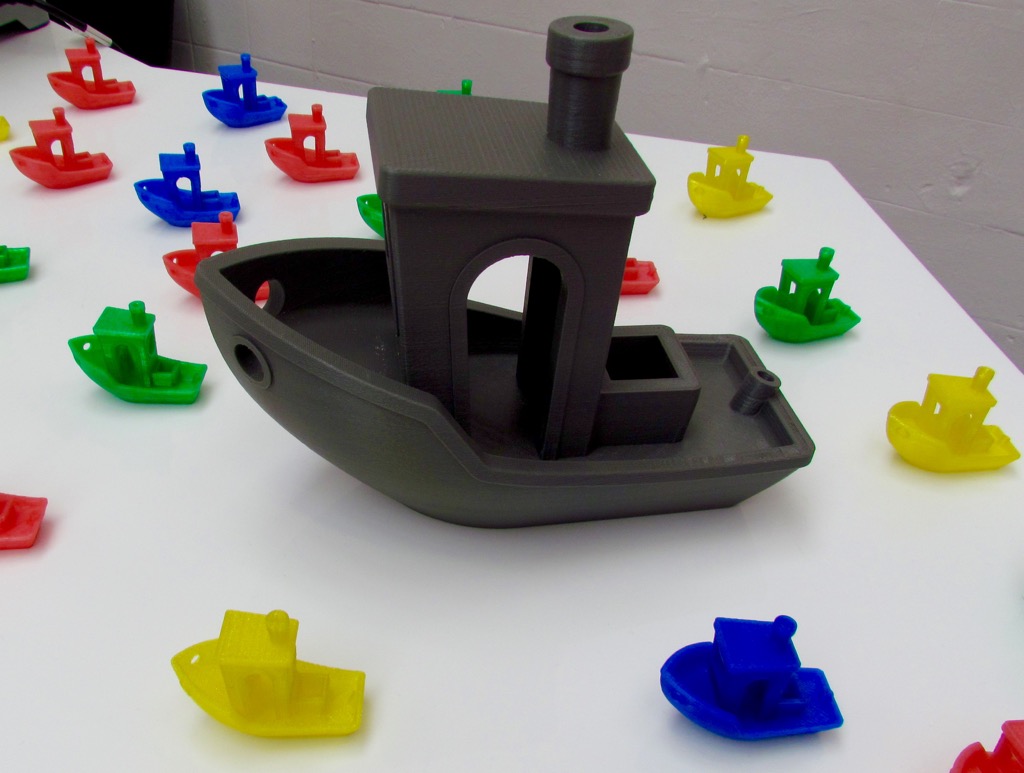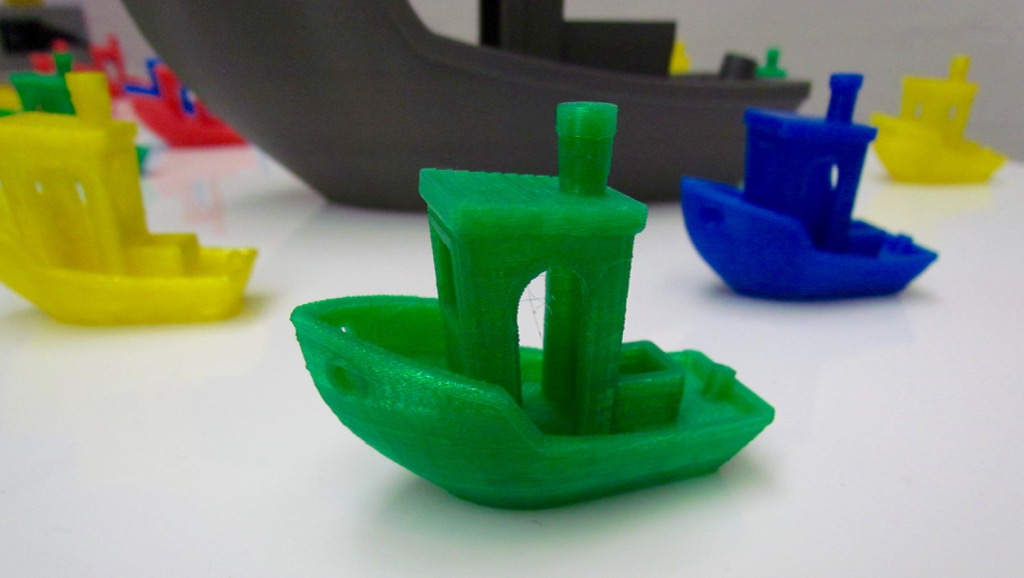
How good is your 3D printer? It’s sometimes tricky to determine how it compares to others, but with a benchmark object you can do so more easily.
A benchmark object is a standard 3D model that one attempts to print on a 3D printer. By using the same 3D model benchmark, one can easily compare results between two or more different 3D printers.
A good benchmark object would include a variety of features that put the machine to test. We’d look for flat parts, holes of varying dimensions, curves, smooth surfaces, overhangs, arches and other structural features that some machines print only with difficulty.
Often makers devise their own 3D benchmark objects and use them consistently, but while they permit a single maker to compare machines and even varying settings on a single machine, how can one test between makers?

The answer is to establish a standard test object, and that’s precisely the intent of #3DBenchy, a “jolly 3D printing torture test”.
#3DBenchy appears to be a jolly cartoonish tugboat, but if you look closely this small 3D model includes quite a few interesting structural features. It’s ideal for testing.
The benchmark was designed by Swedish 3D print reseller Creative Tools, who wish to help out the 3D printing community by providing this benchmark to everyone at no cost. They say:
#3DBenchy is designed to offer a large array of challenging geometrical features for 3D printers, and touch on different issues related to additive manufacturing.
The 3D model is designed to print at 1:1 scale without support materials. It is challenging for most 3D printers but the small volume (15.55 cm3) typically prints in well under two hours and does not require much material.
The different surfaces of the #3DBenchy model reveal typical issues regarding surface finish, model accuracy, warping, etc.
The object’s testable features include:
- Smooth Surface
- Symmetry
- High-Resolution STL file
- Planar Horizontal Faces
- Tiny Surface Details
- Cylindrical Shapes
- Overhang Surfaces
- Low-Slope-Surfaces
- Large Horizontal Holes
- Small Horizontal Holes
- Slanted Small Holes
- First-Layer-Details
We will start using #3DBenchy in our labs henceforward to provide more consistency in testing.
Why don’t you, too?
Via 3DBenchy and Creative Tools (Swedish)

